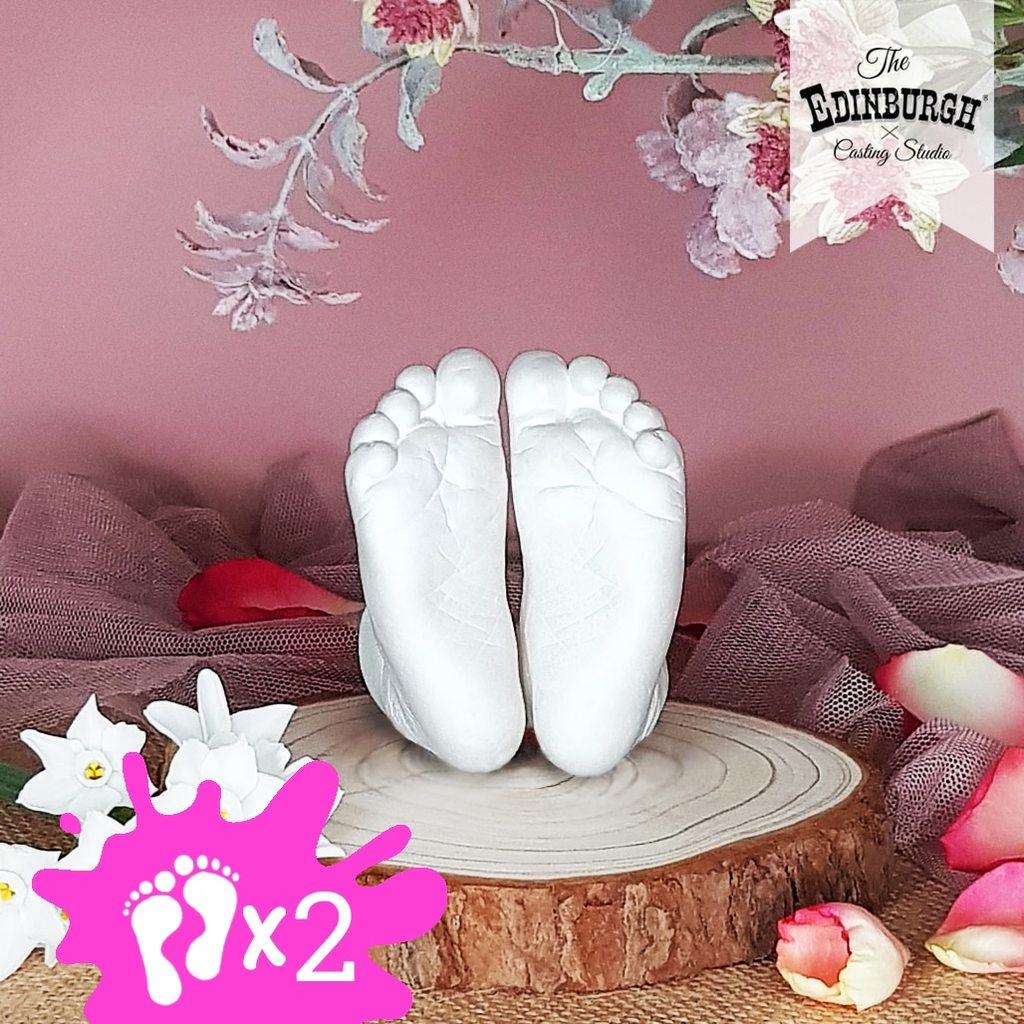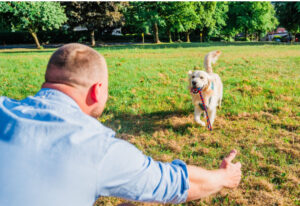Biggest challenges of having a baby revealed – and it’s not the birth itself

Pregnancy and giving birth to a child is one of the most rewarding experiences for people, but many women agree it doesn’t come without severe physical and emotional challenges.
According to a survey of 2,000 British mothers, seven in 10 say recovering from having a child is one of the most difficult emotional challenges they’ve ever had to face.
In fact, one in three women were diagnosed with postpartum depression and a further 22% believe they weren’t correctly diagnosed with postpartum depression by their Ob-Gyn after experiencing the symptoms.
The biggest emotional challenges reported in the research carried out by intimate wellbeing brand INTIMINA are mood swings (53%), feeling helpless (50%) and morn guilt (42%).
While changes to weight (52%), breastfeeding (45%) and recovering from a C-section (35%) topped the list as the biggest physical challenges for recent mothers.
It doesn’t seem to get easier after baby number one, with the majority (52%) of mothers saying it takes even more time to recover after giving birth to your second child. While an additional 22% agreed the recovery time from child to child was the same.
Gynaecologist for intimate wellbeing brand INTIMINA, Dr Shree Datta, comments: “This research unveils the unspoken challenges that new mums face – regardless of whether this is their first baby. It’s a timely reminder that whilst pregnancy leads to some very obvious physical changes, these do not stop after having your baby. Women often feel a huge amount of pressure to continue as normal whilst dealing with a newborn, meaning that our own health issues drop down our list of priorities.
As such, it’s important to take some time during your pregnancy to consider how things will change after your baby is born. In some instances, you can prepare for this during your pregnancy- pelvic floor exercises and perineal massage are obvious examples. Once your baby is born, take stock of how you are feeling physically regularly. Whilst you may feel you have little time to do this, remember you can do pelvic floor exercises whilst feeding your baby, for instance.
But don’t forget the emotional changes that you may experience after having a baby. If you have suffered from mood changes prior to pregnancy for example, it may be worth consulting your Obstetrician to see whether you need further support after delivering your baby. If you notice your mood dipping after you go home with your baby, speak to your partner, midwife or GP in the first instance. It may be that you need more support or a short course of medication, and if that helps you to function better, it’s worth considering.
Your health may vary after every pregnancy, so don’t assume that the physical and emotional changes will be the same, but you will have a baseline of what to expect.”
INTIMINA’s research also shows that 66% of mothers experienced a decline in their pelvic floor health.
Three in five said they began dealing with incontinence after giving birth. And two in three women have accepted that their incontinence issues will last at least a year.
Despite two in three doing Kegel exercises to try and repair their pelvic floor, almost half (48%) of respondents say their gynaecologist has never informed them of methods to strengthen their pelvic floor.
INTIMINA shares its recommended Kegel technique:
Firstly, empty your bladder and make sure you are comfortable, whether that’s sitting, standing or lying down.
Tighten your pelvic floor muscles by imagining that you are trying to stop yourself from urinating.
Hold the contraction for 3-4 seconds and up to 10 seconds if possible.
Release the contraction.
Rest and relax, and then repeat for 10 to 15 times.
If you can’t feel anything, change position and try again – for example, take a seat if you’ve been standing up. Don’t hold your breath or squeeze your stomach, buttock or thigh muscles as you want to focus on clenching the pelvic floor muscles only.
Gynae tip: Imagine your vagina as an elevator shaft, with the opening as the ground floor. Slowly contract your pelvic muscles, lifting the elevator up towards your belly button. Pause at the top. Then slowly lower the elevator back down. Repeat 5 times.
Marcella Zanchi, Marketing Manager for INTIMINA comments: “Women’s bodies go through so much but it’s disappointing to hear how so many haven’t received guidance from their gynaecologists on how to strengthen their pelvic floor after childbirth. Kegel exercises are the perfect solution to pregnancy recovery and taking control of pelvic health.”




